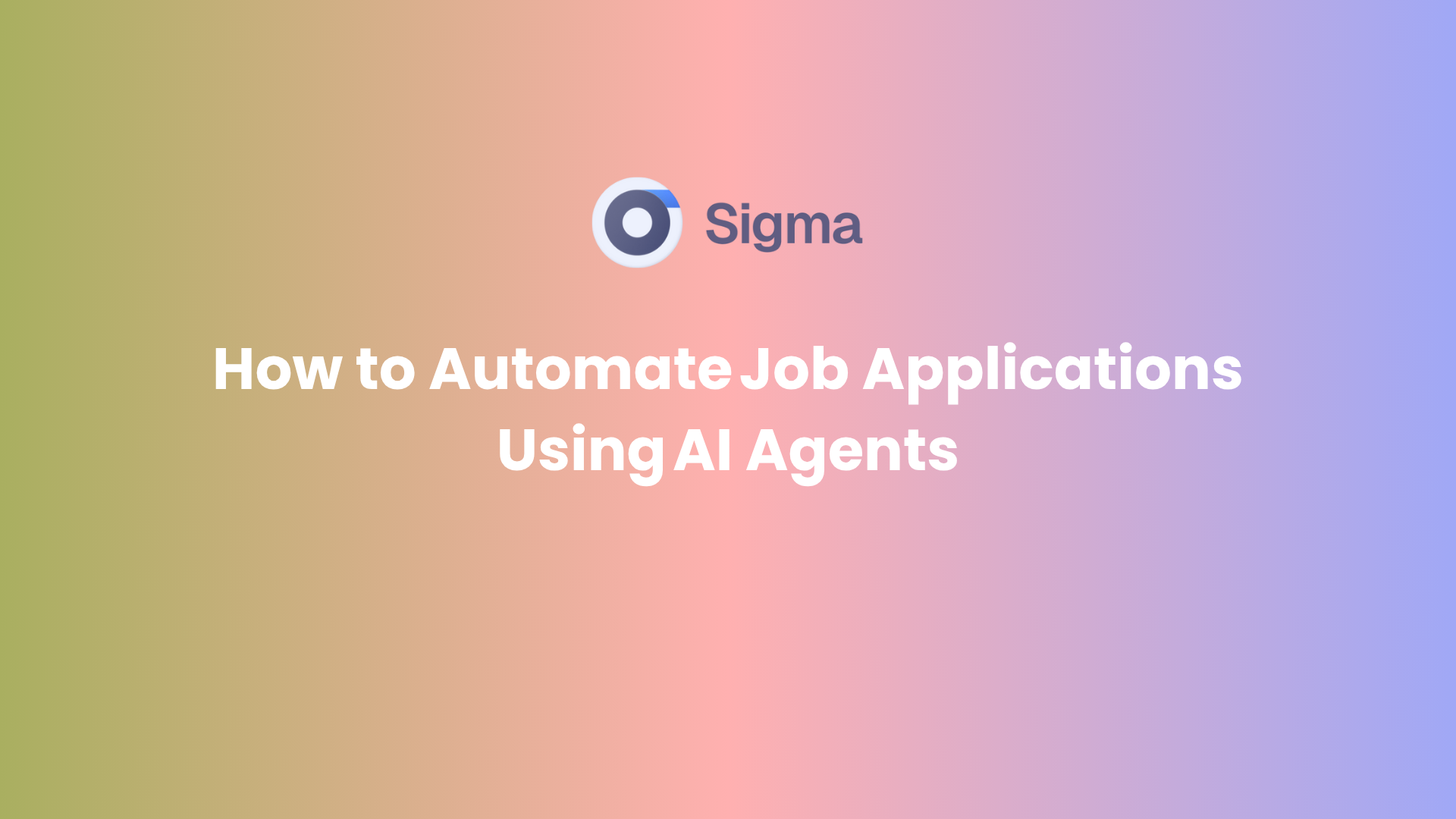Have you ever sat staring at another application form wondering if you've already posted your resume three times today, or worse, re-keyed the same information into twenty different sites? You're not alone.
Job hunting can become a part-time job itself. But what if you allow AI to automate the most boring parts of the process, like filling out forms, while you network or run through mock interviews?
You can easily automate job applications and focus on what matters. Let's break down what automation is, how it works, and how to do it in a way that actually gets you hired and not into spam bot territory.
Let’s begin.
What is an Automated Job Application?
Some people get a bit spooked, like, does that mean a robot is going to apply for jobs for me with no care or understanding?
Not exactly. Intelligent job application automation is not about spamming your resume everywhere. It's about leveraging AI and task automation software to take the heavy work like searching, matching, tailoring, and applying at scale, but doing it with intention.
Let’s say you're looking for remote marketing jobs. Instead of scrolling through 20 different boards, LinkedIn, and Indeed every day, you set your preferences once.
Then use a reliable AI tool to sift through job listings, build tailored applications, and send them for you.
Why More People Are Automating Job Applications
Before we get into the “how,” here’s why this whole thing’s catching on.
- It saves time. You can skip the repetitive stuff—filling out forms, uploading resumes over and over. Tools do that for you.
- You apply faster. Getting in early can help you stand out, and automation lets you send stuff out even while you’re busy doing other things.
- You get past the filters. Most companies use bots to screen resumes. Some tools help tweak your resume so it doesn’t get tossed out before a human sees it.
- You stay organized. It’s easier to keep track—what you’ve applied to, who replied, what needs a follow-up.
Step-by-Step: How to Automate Job Applications with Easy-to-Use Tools
So how do you actually get started with automation? You don’t need to build anything from scratch. There are already tools out there that can take over the boring stuff for you.
Here’s a breakdown of what each one offers, how they work, and what to watch out for:
1. LoopCV
LoopCV is a job automation platform designed to search and apply for jobs on your behalf based on the preferences you set. It’s meant for people who want to scale their job search without micromanaging every step.
LoopCV doesn’t just scrape job boards. It can tailor your resume slightly for each role and even track your performance over time through its built-in dashboard.
If you’re someone who applies to a high number of roles and wants basic personalization without micromanaging every submission, this tool fits.
How to use it:
1. Sign up and upload your resume.
2. Select job titles and filters.
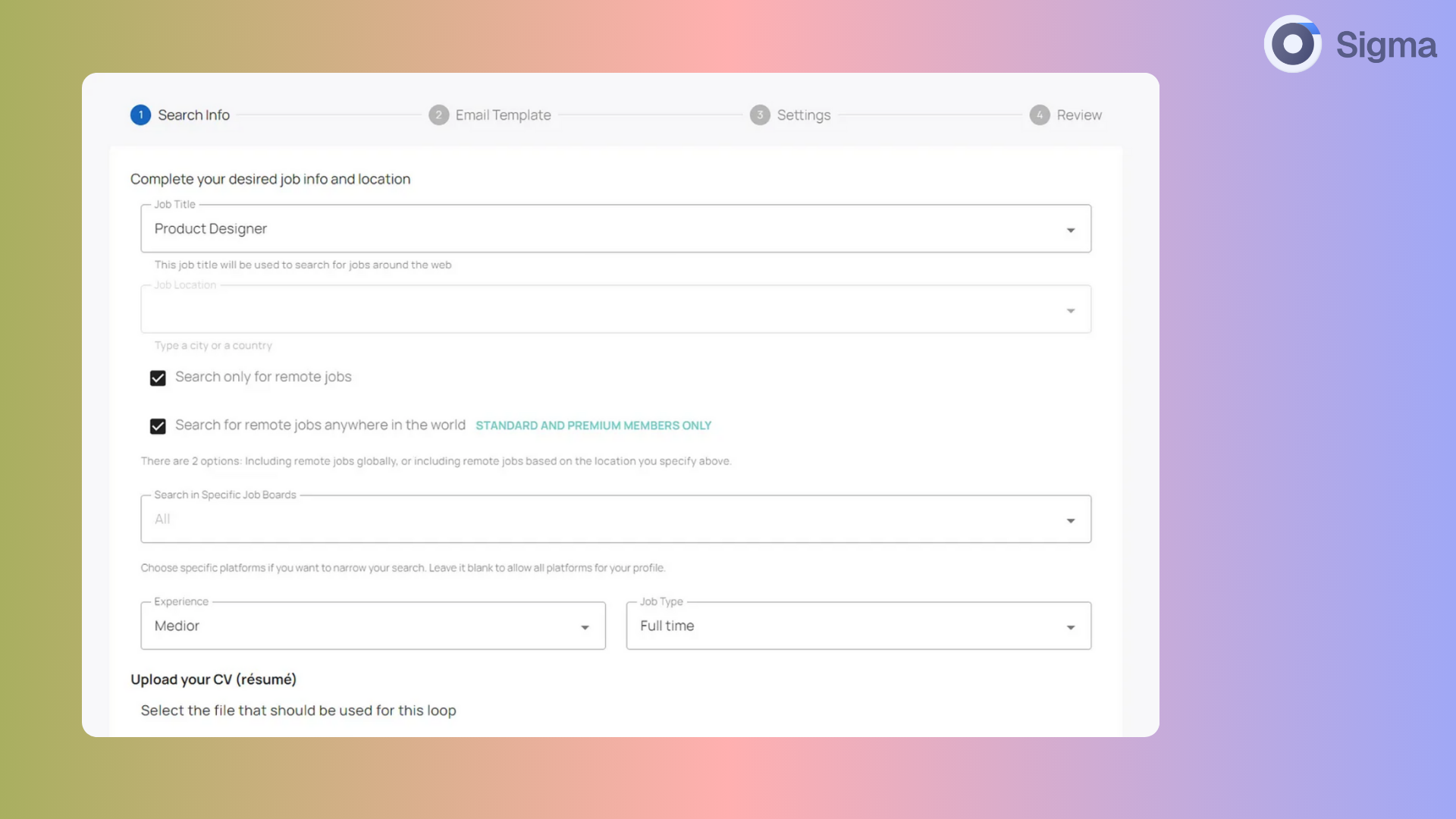
3. Create a “Loop” - LoopCV searches and applies automatically.

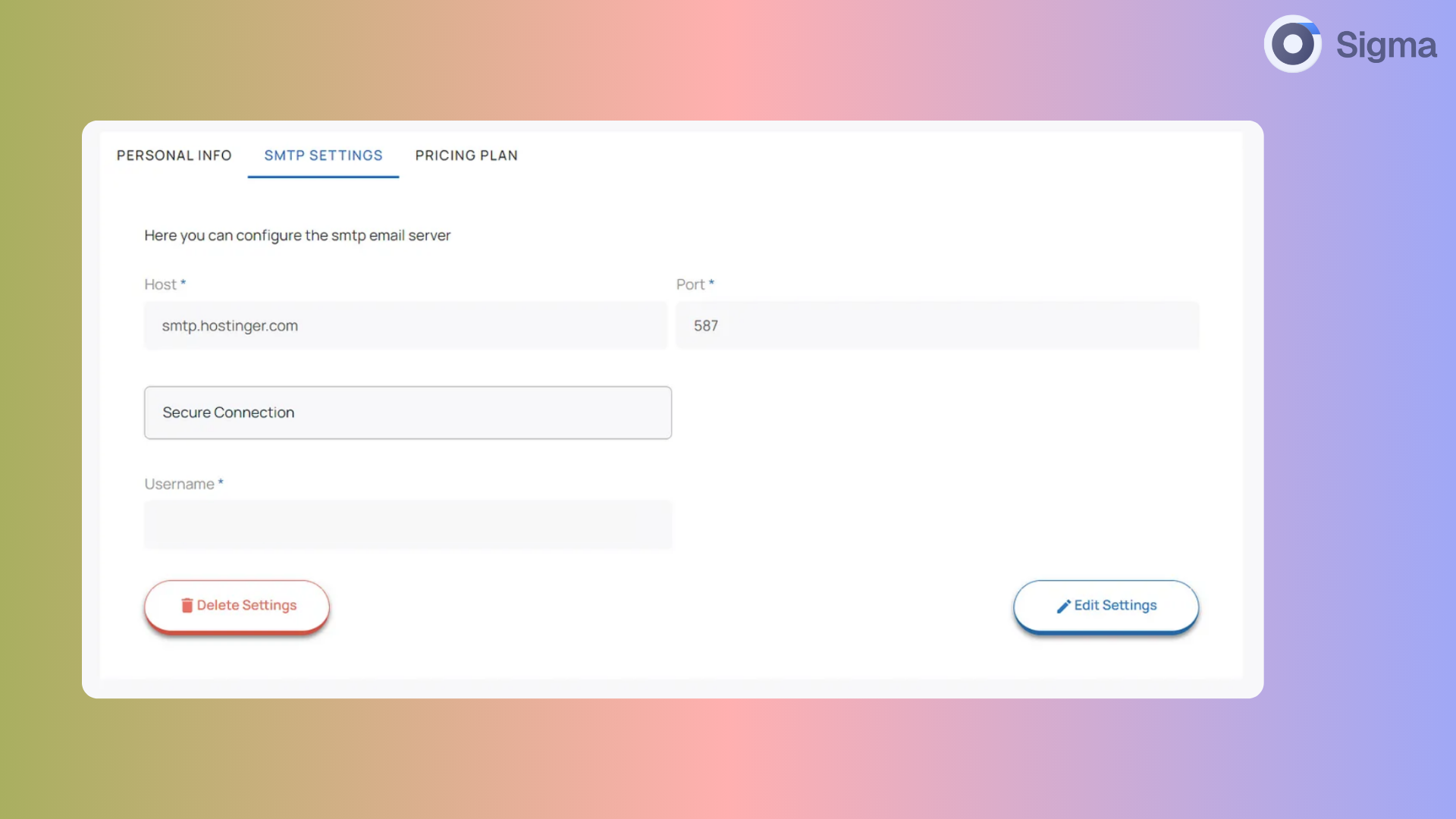
4. Review dashboard for application tracking and analytics.
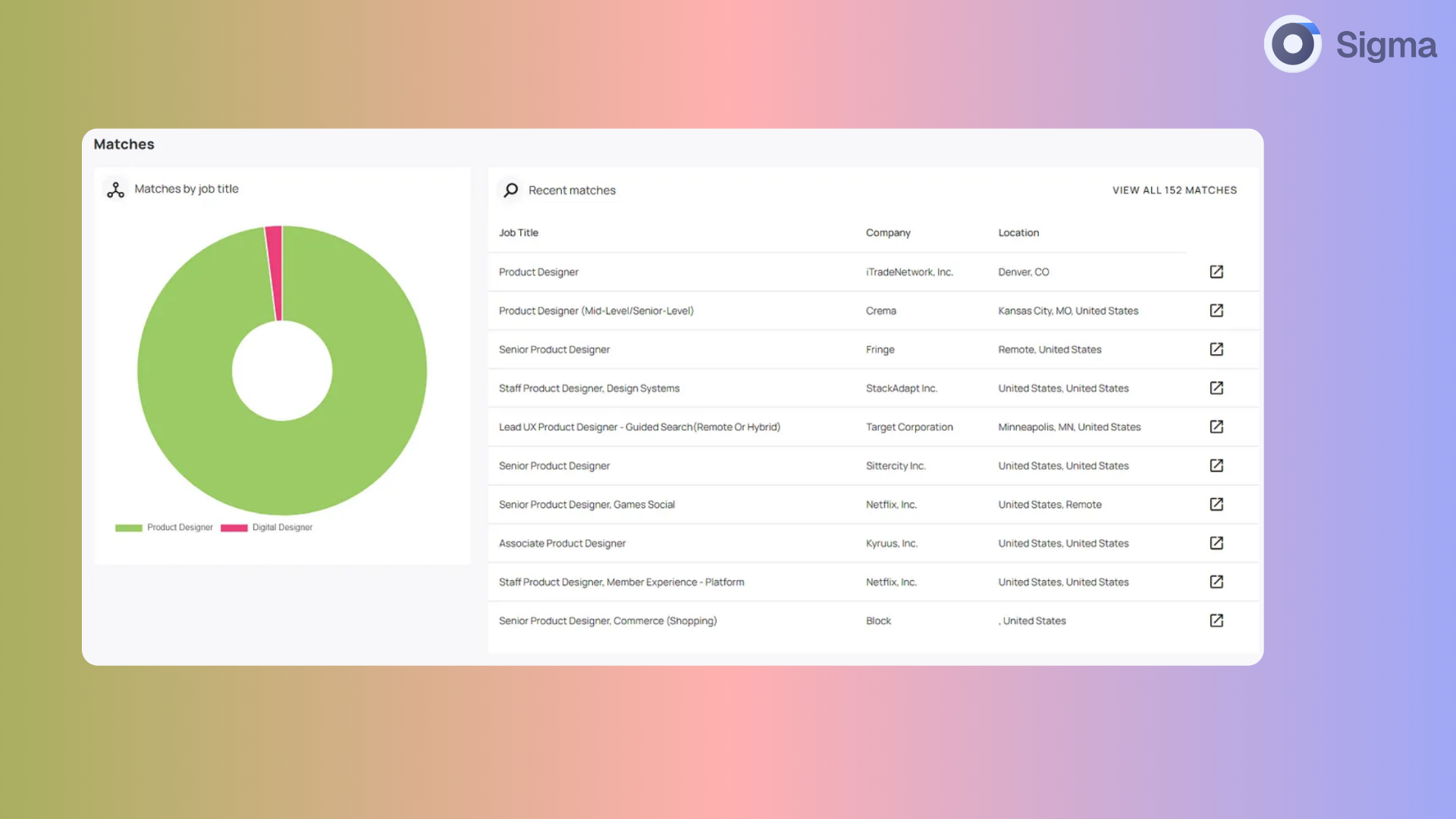
Pros:
- Easy setup, great tracking, email outreach to hiring managers.
- Once your loop is active, it works in the background.
- The tool tracks how many jobs you’ve applied to, which ones replied, and what needs attention.
- Sends follow-ups to hiring managers in some cases, increasing visibility.
Cons:
- Free version caps monthly applications; less sophistication in cover letters.
- You can’t deeply personalize letters or edit them for tone.
- You only get a small number of applications per month unless you upgrade.
- If you're picky about which companies you apply to, you’ll need to monitor your loop more closely.
LoopCV is great for getting started with job automation. It won’t replace your entire job search strategy, but it’s ideal for applying to more roles in less time, especially for entry-level or remote jobs where quantity matters.
2. LazyApply
LazyApply is a Chrome extension built for speed. It fills out job applications on sites like LinkedIn, Indeed, and a few others by automatically plugging in your resume, details, and even pre-written answers to application questions.
It’s not trying to be overly smart or customized. Instead, it focuses on volume to help you send out dozens or even hundreds of applications with just a few clicks.
LazyApply is all about bulk. If you’re trying to land interviews by casting a wide net, this tool can speed up the process dramatically. It also offers some bonus features like basic analytics, job tracking, and even resume-writing support on paid plans.
How to use it:
1. Install the extension and create a profile.
2. Upload your resume and define search filters.
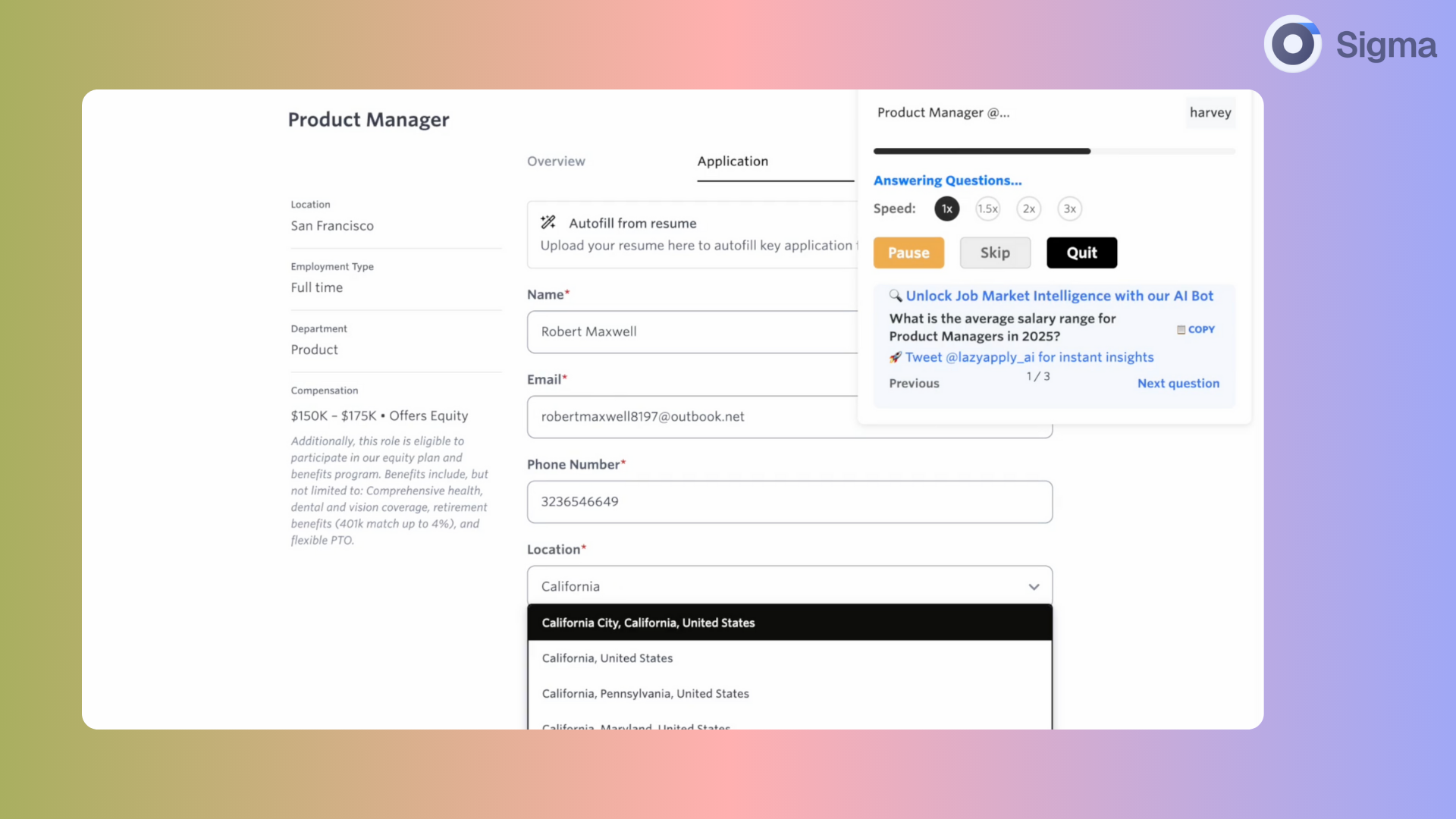
3. Click “Start Applying”, it applies to dozens or hundreds in one go.

Pros:
- Great for sending out a large number of applications in a short amount of time.
- Supports Indeed, ZipRecruiter, LinkedIn automation, and more.
- You can see how many jobs you've applied to and track your results.
- Paid users get tips and advice from career experts.
Cons:
- Because it fills out forms automatically, it can sometimes misread fields or submit with missing info.
- It values speed over precision, which means your resume might land in front of the wrong people.
- Some users land interviews quickly, others say it applies to jobs they never would have chosen themselves.
Note: Authors share bittersweet interview success, some made it through, others complained the tool sent too many. Wobo.ai’s review breaks down LazyApply’s promises versus actual user experiences. It highlights how some users felt overwhelmed by the volume of applications and questioned the accuracy of its automation.
LazyApply is a high-volume tool best for job seekers who want to blast out applications quickly and don’t mind sacrificing some quality for quantity. Use it with care. It works best when paired with manual follow-up or personalization for jobs you really want.
3. JobCopilot
JobCopilot isn’t just another resume uploader—it’s a full-blown automation engine for your job search. Think of it as your digital sidekick that scouts relevant roles, customizes your applications, and even writes resumes and cover letters tailored to each job description.
It’s made for people who want to apply at scale but still keep things personal and well-targeted.
JobCopilot blends automation with personalization. It’s not just about speed. It focuses on improving your chances of getting noticed by customizing every part of your application to match the job and pass through ATS filters.
It’s also one of the few tools that lets you set daily limits, so you’re not over-applying or triggering spam flags.
How to use it:
1. Create an account and define search criteria.

2. Upload CV and screening responses.
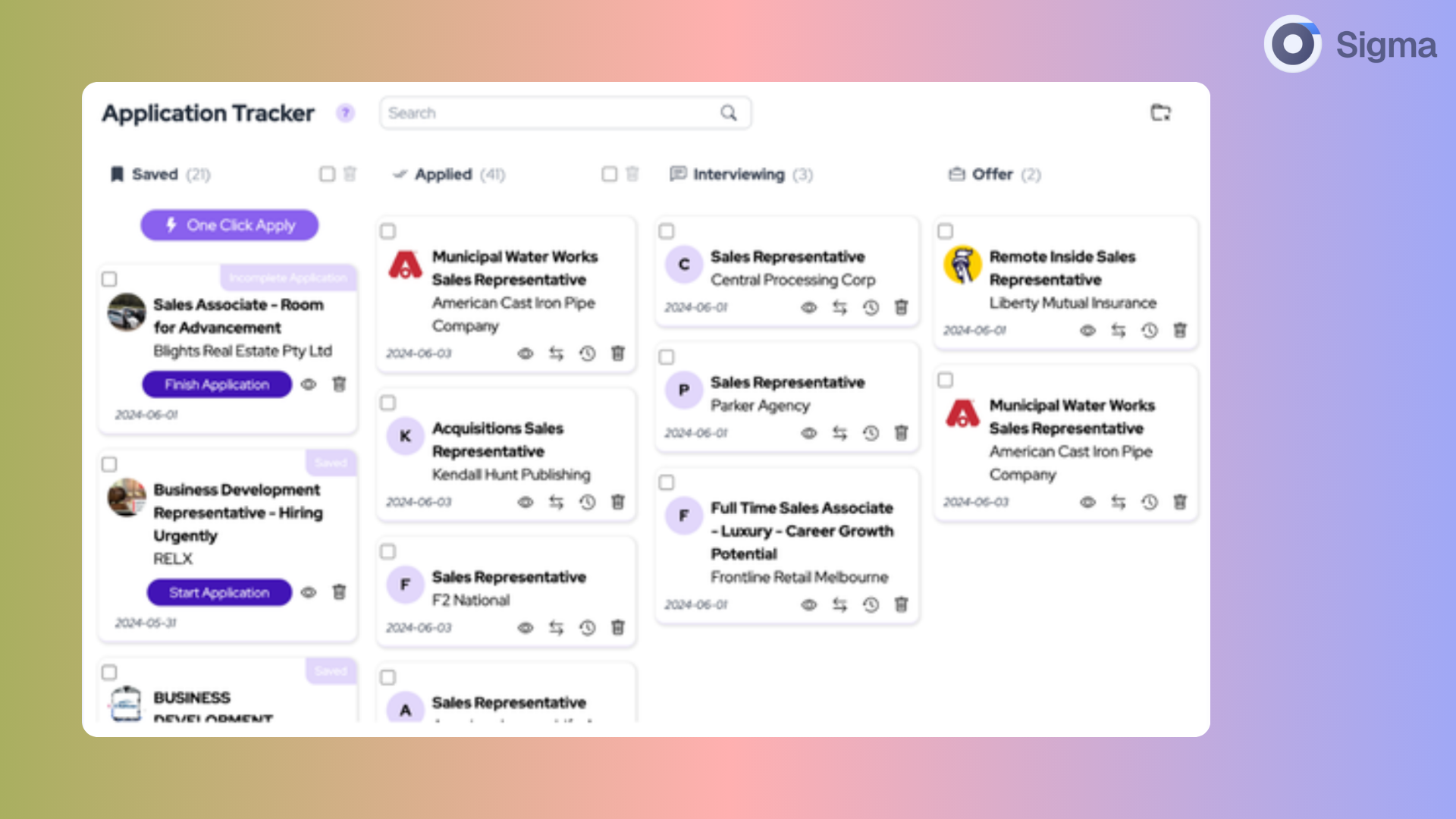
3. Decide whether to auto-apply or pre-review.
4. Set daily limits (e.g. 20–50 applications) and let the copilot go.
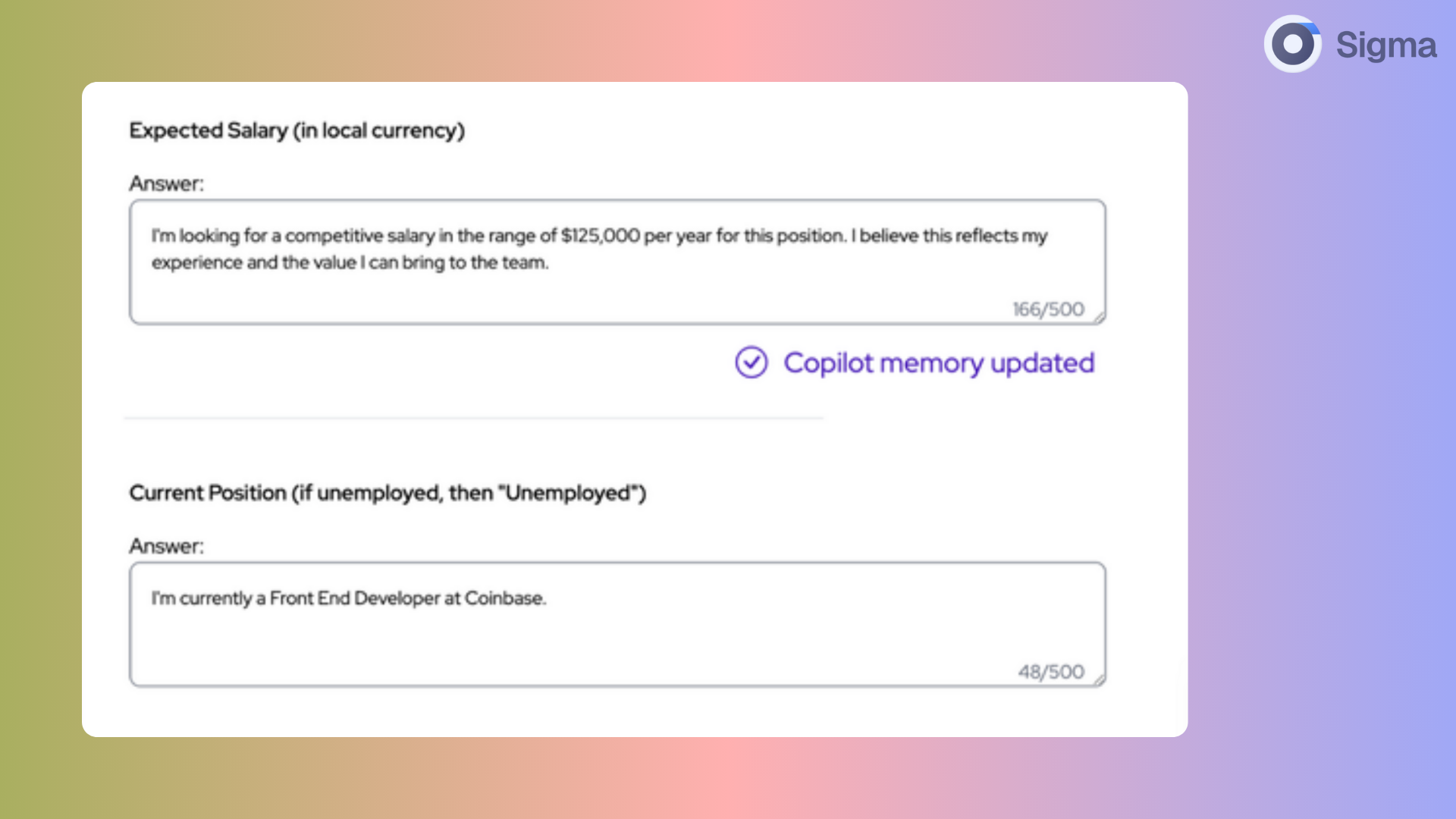
5. Monitor feedback and adjust tone/style.
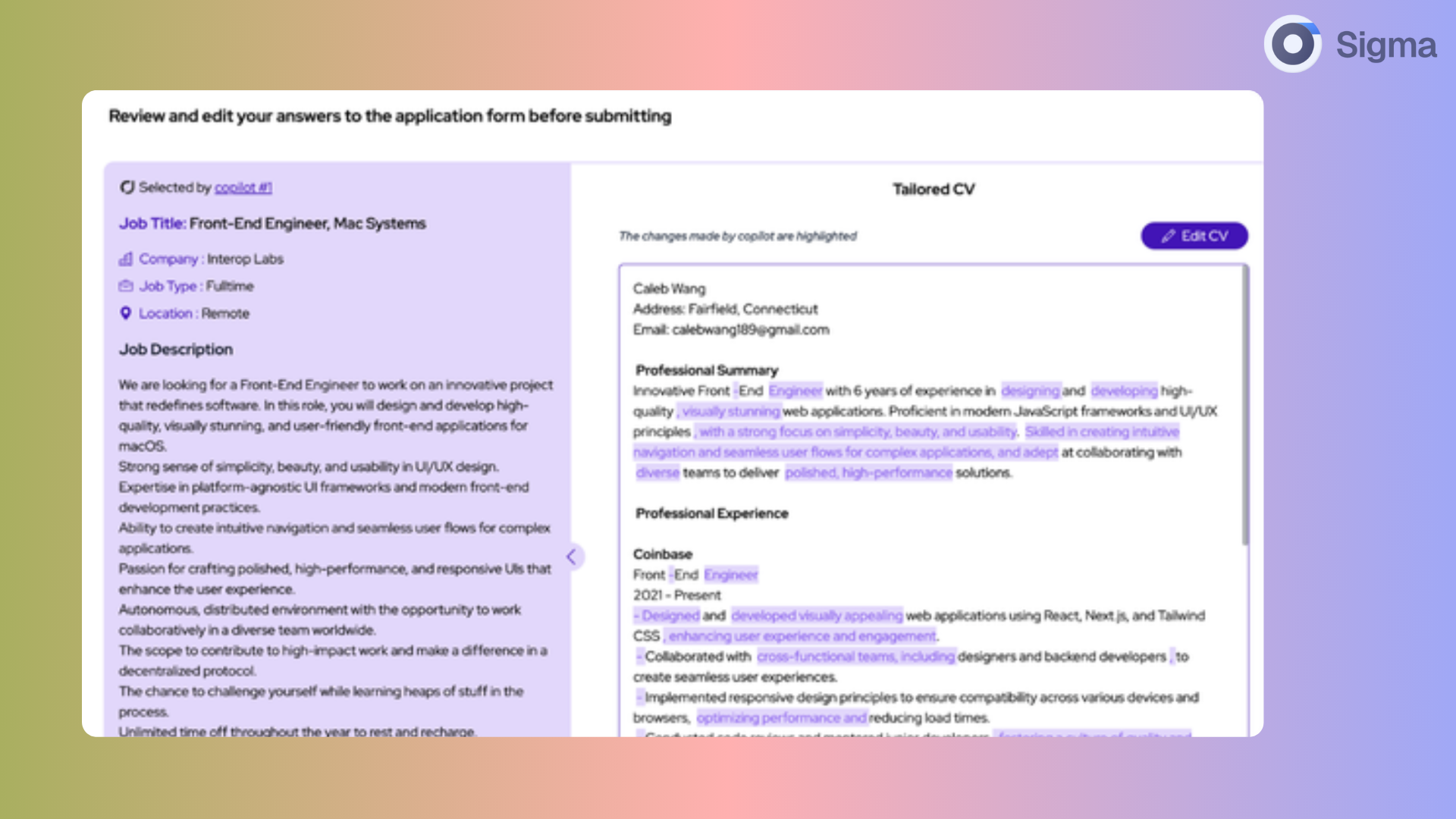
Pros:
- The tool automatically tweaks your resume and cover letter to match each job description.
- Helps your application get past keyword filters and into human hands.
- Lets you cap how many jobs you apply to each day for a more human-like pace.
- Saves time by auto-filling common screening questions from your profile.
- Offers application tracking, editing tools, and useful status updates.
Cons:
- The free version is limited and doesn’t include full customization or auto-apply features.
- You’ll need to spend time defining preferences and reviewing outputs before letting it run fully on its own.
- Like many automation tools, it performs best for jobs that are easier to match with keywords.
JobCopilot is ideal if you want to combine the speed of automation with the polish of personalized applications. It’s not the cheapest option, but it’s packed with features that can save serious time while keeping your job hunt professional and focused.
Sigma Browser Is Rethinking How to Automate Job Applications
All the tools we just covered work well, but they each require juggling dashboards, managing browser extensions, and hopping between accounts. That creates clutter, and sometimes it slows you down.
Sigma Browser is building a different approach.
Instead of using third-party platforms, Sigma Browser is baking automation right into the browser itself. No plugins, no switching tabs. Just open your browser and tell it what you want, like:
"Apply to 10 remote UX design positions this week."
And it handles the rest. It searches for openings, customizes your resume and cover letter, fills out forms, and tracks everything in one place.
Sigma’s AI agents aren't just for job seekers either. They can also help users automate tasks like lead generation, outreach, and research — all from inside the browser.
It has nothing to do with speed or automation, it's about doing less, but more smartly. You're in control, and the AI does the gruntwork. It's all personal and secure by design, since everything happens in your browser, not on some random third-party servers.
NOTE:This feature isn’t live just yet, but it’s coming very soon. And if you’re already using Sigma Browser, you’ll be among the first to try it when it drops.
Quick Tips to Automate Job Application Better
Here are some useful tips to keep in mind when automating your job search:
- Focus on quality, not just quantity. It’s tempting to send hundreds of applications, but a few well-matched ones often go further.
- Personalize when it counts. Even if automation builds your cover letter, take a minute to tweak it for roles you really care about.
- Avoid looking like a bot. Spread out your applications. Submitting too many at once can make it obvious you’re using automation.
- Review what’s being sent: Check your templates, keep track of which roles you’re hearing back from, and adjust as needed.
- Let automation support your effort, not replace it. Automate job application tasks to save time, but don’t skip networking, interview prep, or follow-ups. Those still matter. For example, you can still build connections by automating your LinkedIn messages while keeping them personal.
Final Thoughts
The search for work doesn't have to be all work. Automating your job applications doesn't equal sacrificing control, it equals regaining your time.
Use software like LoopCV, LazyApply, or JobCopilot to scale your outreach, try what works, and maximize your time where it matters most: writing a strong story, forging genuine connections, and coming prepared for the interview.
If you’re ready to work smarter, you don’t need to wait. Pick one tool. Try it. See what works. The more you test and learn, the better your job hunt gets, and the sooner you’ll land the role you want.



